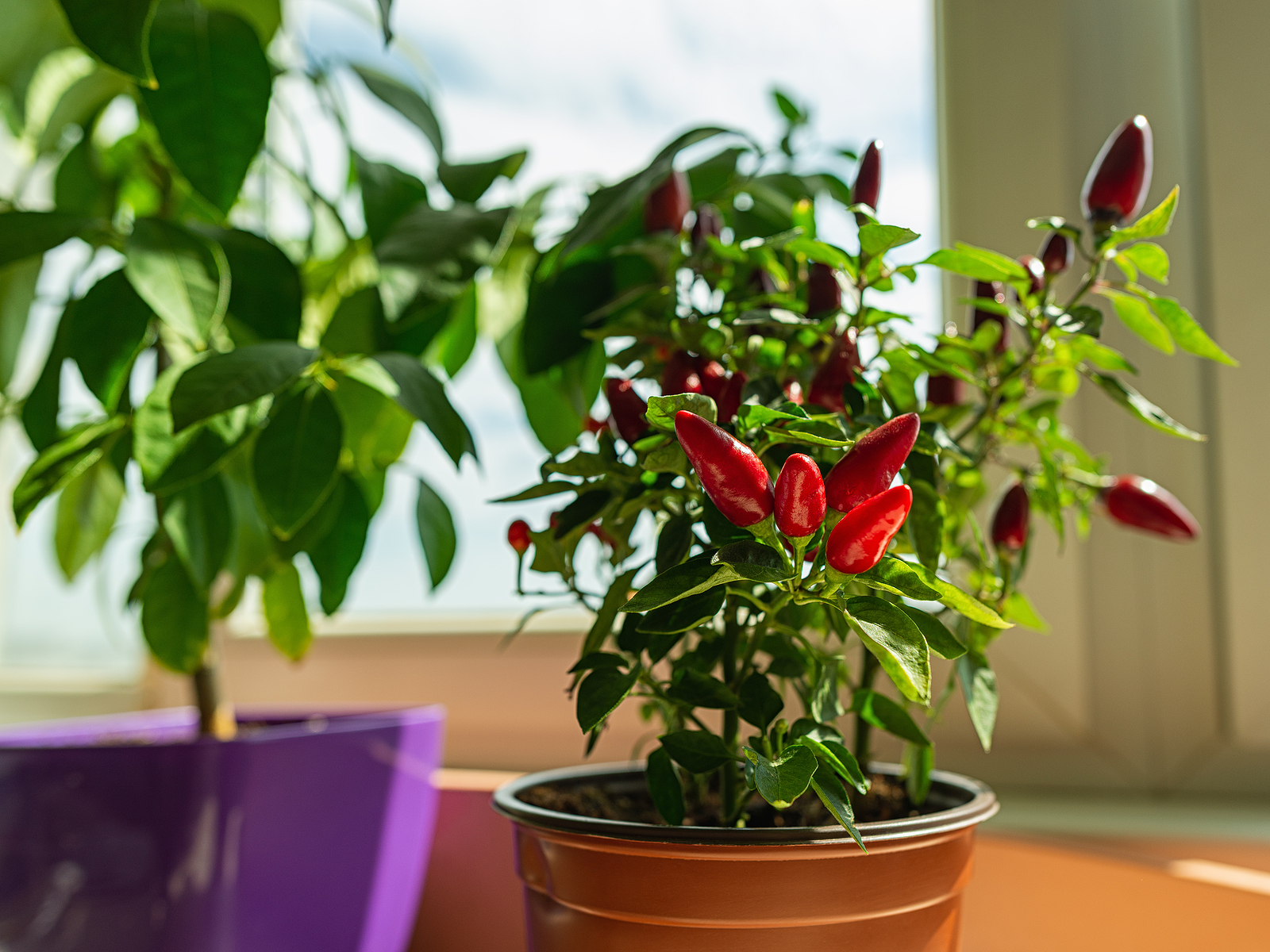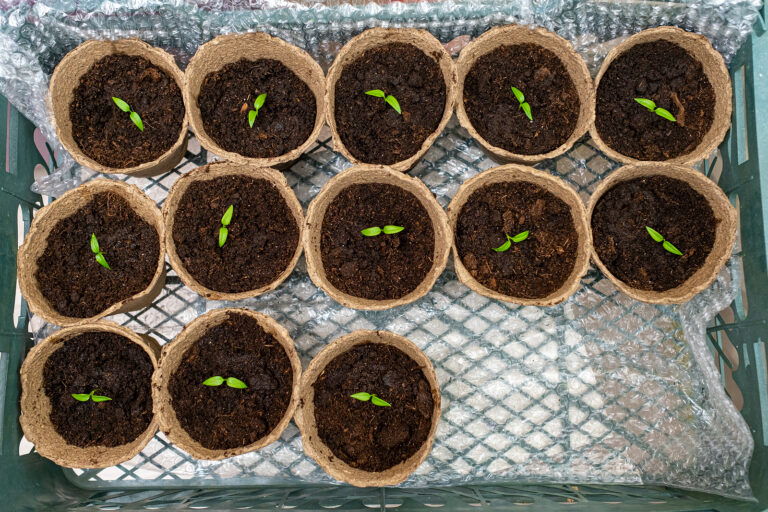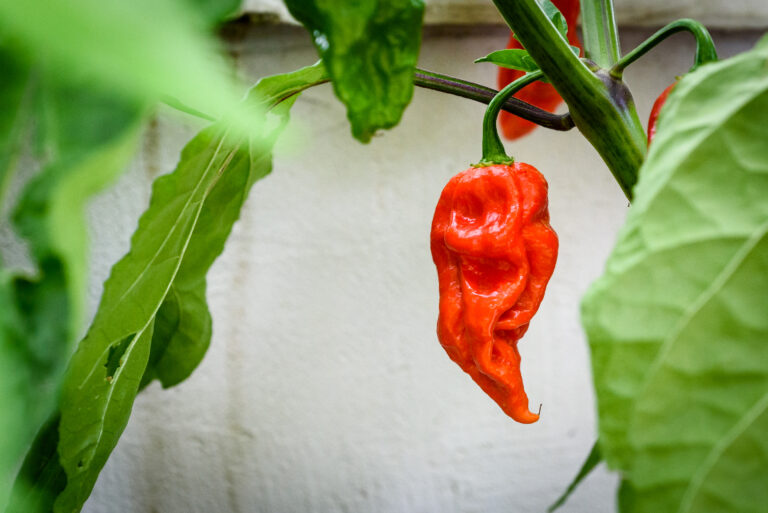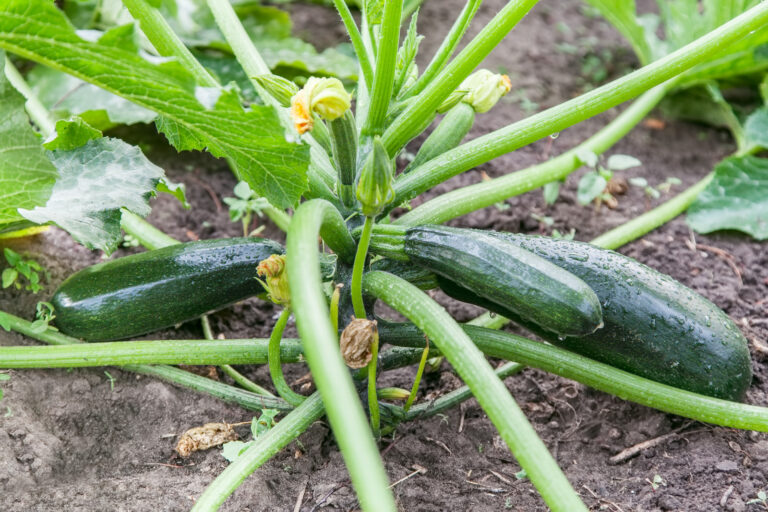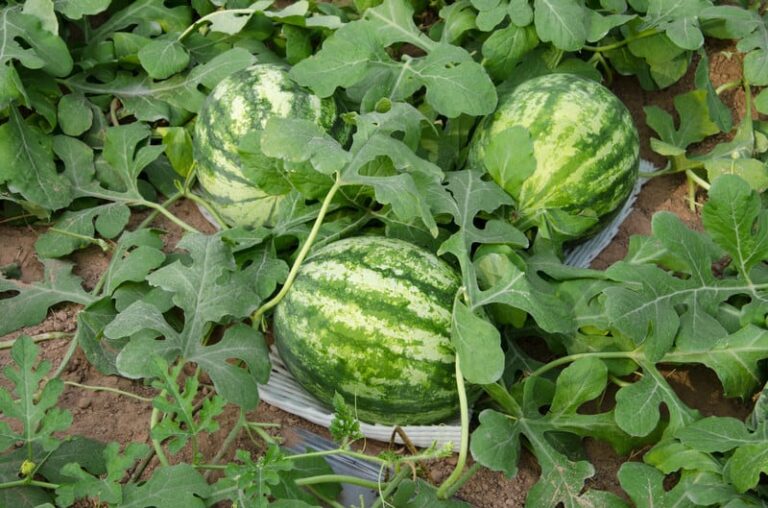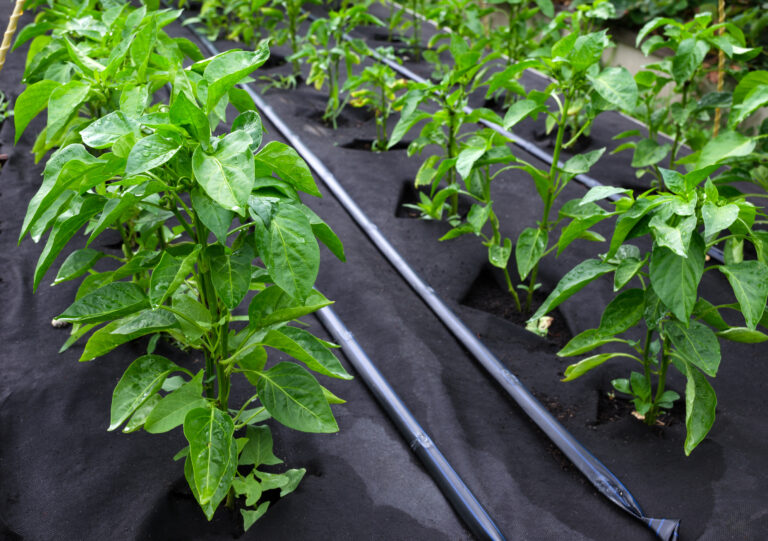Overwintering Pepper Plants Indoors
Many gardeners treat peppers as annuals, pulling them out after the first frost. But peppers are actually perennial plants in their native tropical climates. With the right care, you can overwinter pepper plants indoors and bring them back for an earlier, stronger harvest next season.
This guide will walk you through how to overwinter peppers step by step, based on proven horticultural methods and personal gardening experience.
Why Overwinter Peppers?
- 🌱 Head start in spring: Established roots and stems grow faster than new seedlings.
- 🌶 Preserve special varieties: Keep rare or hard-to-find peppers alive year to year.
- 💰 Save money: Fewer seeds and transplants to buy each season.
- 🌿 Experiment: Grow peppers as true perennials indoors.
Step 1: Select the Right Plants
- Choose healthy, disease-free plants that produced well during the season.
- Compact varieties (like chilies and jalapeños) overwinter better than giant bell peppers.
- Avoid plants with severe pest infestations or fungal issues.
💡 Tip: Not all peppers survive overwintering equally. Start with a few and experiment.
Step 2: Dig Up & Pot Your Peppers
- Before the first frost, gently dig up plants.
- Trim roots lightly and place in a container with fresh potting soil.
- Choose a pot 2–5 gallons in size with good drainage.
Step 3: Prune for Dormancy
- Cut back the pepper plant to about 6–8 inches tall.
- Remove flowers, fruits, and most foliage—this reduces stress and energy use.
- Don’t worry, the plant will regrow from the base in spring.
Step 4: Provide the Right Indoor Conditions
- Place in a cool, bright location (50–65°F / 10–18°C).
- If light is limited, use a small LED grow light.
- Water sparingly—just enough to keep soil barely moist.
- Do not fertilize during dormancy.
Step 5: Managing Pests Indoors
- Rinse plants with water before bringing them inside.
- Check regularly for aphids, spider mites, or whiteflies.
- Use neem oil or insecticidal soap if needed.
Step 6: Waking Them Up in Spring
- Around 6–8 weeks before the last frost, move plants to warmer conditions.
- Increase watering slightly.
- Start fertilizing again with a balanced vegetable fertilizer.
- New shoots should appear within weeks.
By transplanting outdoors after frost danger passes, your overwintered peppers will grow faster and fruit earlier than seedlings.
Experience-Based Insight
In my own garden, overwintered peppers consistently produced earlier and heavier yields than new plants. Thai chilies and jalapeños handled the process best, while large bell peppers were less reliable. The key is cutting back aggressively before dormancy and resisting the urge to overwater during winter.
Final Thoughts
Overwintering pepper plants indoors is a simple way to extend their life and boost next year’s harvest. With proper pruning, potting, and care, your peppers can live multiple years, rewarding you with earlier and larger crops.
🌶 Peppers Growing Hub
Start here:
- How to Plant and Grow Hot Peppers: A Gardener’s Guide to Spicy Success
- How to Grow Sweet Peppers: A Gardener’s Guide to a Bountiful Harvest
Getting Peppers Started (general prep)
- Seed Starting Peppers: Proven Method for Strong, Healthy Plants
- Soil Preparation for Peppers: The Secret to Strong Roots and Big Harvests
- Best Hot Pepper Varieties to Grow for Salsas, Sauces, and Drying
- Best Sweet Pepper Varieties to Grow
- World’s Hottest Peppers You Can Grow in Your Garden
- The Science of Pepper Heat: Understanding Scoville Units
- Growing Peppers Indoors Under Lights
- Companion Planting with Peppers: Best and Worst Neighbors in the Garden
Planting & Growing Peppers
- When and How to Transplant Pepper Seedlings Outdoors
- 10 Steps to Grow a Bumper Pepper Crops
- How to Grow Hot Peppers in Containers: Tips for Small Spaces
- 7 Tips for Growing Peppers in Pots
- How to Grow Colored Bell Peppers: How to Get Reds, Yellows, and Oranges
- Cross-Breeding Hot Peppers at Home: A Beginner’s Guide
- How to Water & Fertilize Sweet Bell Peppers for Maximum Yield
- Pruning Pepper Plants for Healthier Growth and Bigger Harvests
- Six Tips to Grow Peppers for Flavor
- Pepper Season Extension & Overwintering: How to Keep Plants Producing Longer
Pepper Care & Troubleshooting
- Pepper Pests, Diseases, and Problems—How to Fix Them Naturally
- Caring for Peppers: Mid-Season Problem Cures
- How to Increase the Heat of Hot Peppers Naturally
- Overwintering Pepper Plants Indoors
- How to Overwinter Pepper Plants in Any USDA Zone
Harvesting & Preserving Peppers
- When to Harvest Hot Peppers for Maximum Heat
- How to Harvest Sweet Peppers for the Best Flavor
- How to Preserve Hot Peppers: Drying, Fermenting & Pickling
- How to Ripen Green Peppers Indoors
- Saving Pepper Seeds for Next Year’s Crop
Cooking & Using Peppers
- Preparing and Serving Sweet Peppers – Harvest to Table
- Five Ways to Cook and Serve Chili Peppers
- Stuffed Peppers: Best Varieties for Cooking
- Cooking with Hot Peppers: Flavor & Safety Tips
- How to Handle Hot Peppers Without Burning Your Skin

